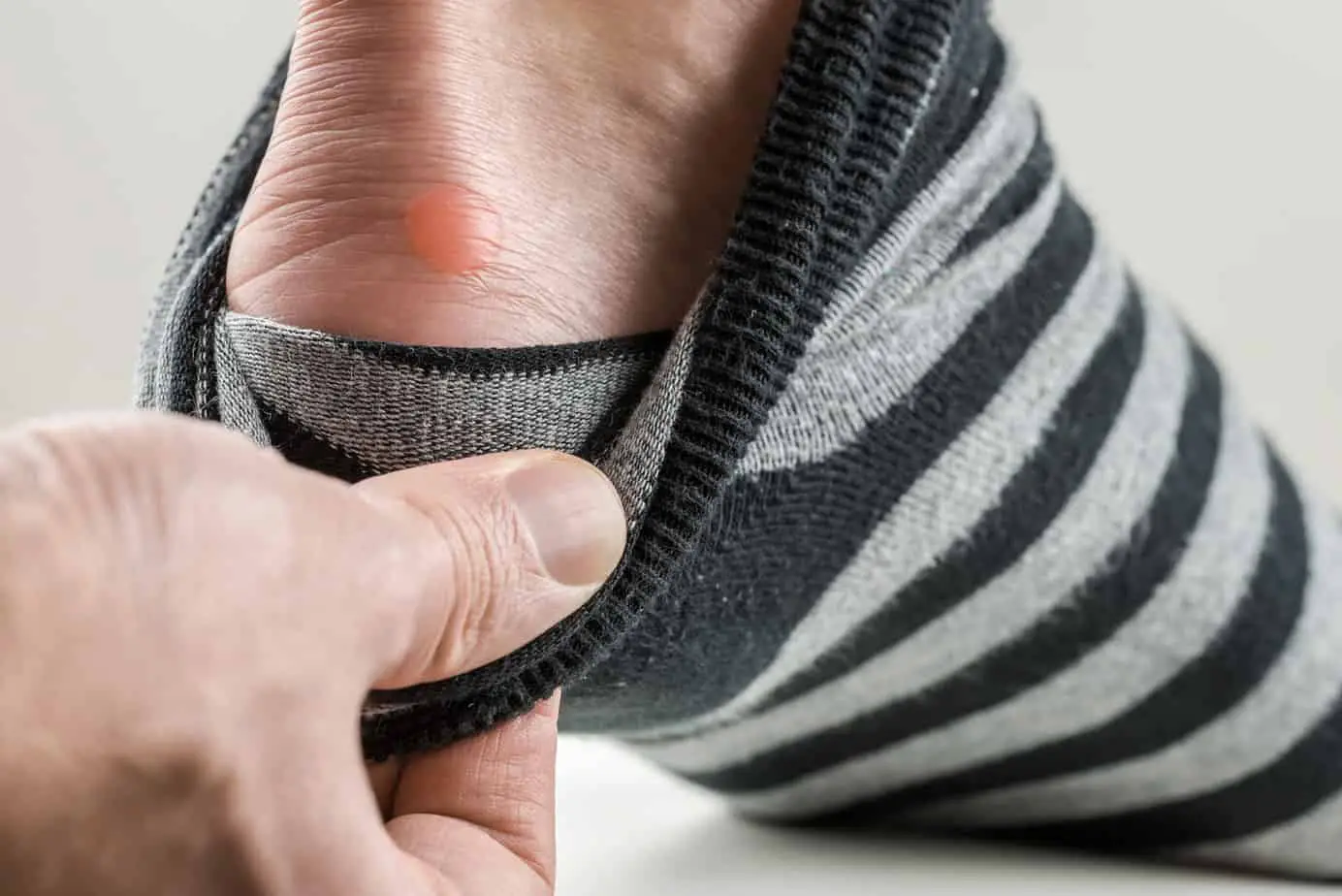
Caring for and avoiding blisters to prevent them from ruining your hike.
Generating a lot of friction on one area of skin will cause it to heat up, and the layers of skin will separate. The body will pump a fluid into this spot in an attempt to alleviate the friction. This produces the bubble type structure commonly referred to as a blister. Blisters can be very tender, and make it very painful to continue.
How to get a blister
There are several things you can do to increase the likelihood of getting a blister, I have several outlined here:
- Go hiking in a wet or sandy place
- Go hiking in a hot place that will make you sweat, or in a place with snow that will get your feet wet
- Wear cotton socks, and don’t wear any socks that wick away moisture (like a sock liner)
- Wear the same pair of shoes
- Tie your shoes too tight or too loose
- Get little rocks in your shoes
- Dehydrate yourself
- If you start to feel a hot spot, keep going and ignore it – you’re almost there!
So you’ve got a blister, now what?
It’s best if you can stop, or rest the injured foot, but don’t despair! I once got a nasty blister on my foot before a 15 mile backpacking trip through a river and sand, but I still made it through fine and let my foot heal. I used an antibacterial ointment right on the foot, then put an adhesive bandaid over that. I covered the baindaid with duct tape, and a neoprene sock under my regular hiking sock.
As soon as you feel the heat building up, you should stop and change something. You may want to tighten or loosen your shoe to adjust where it rubs. If you have any moleskin or duct tape you can put over the pressure points.

